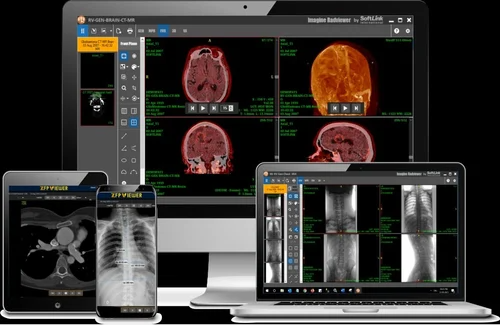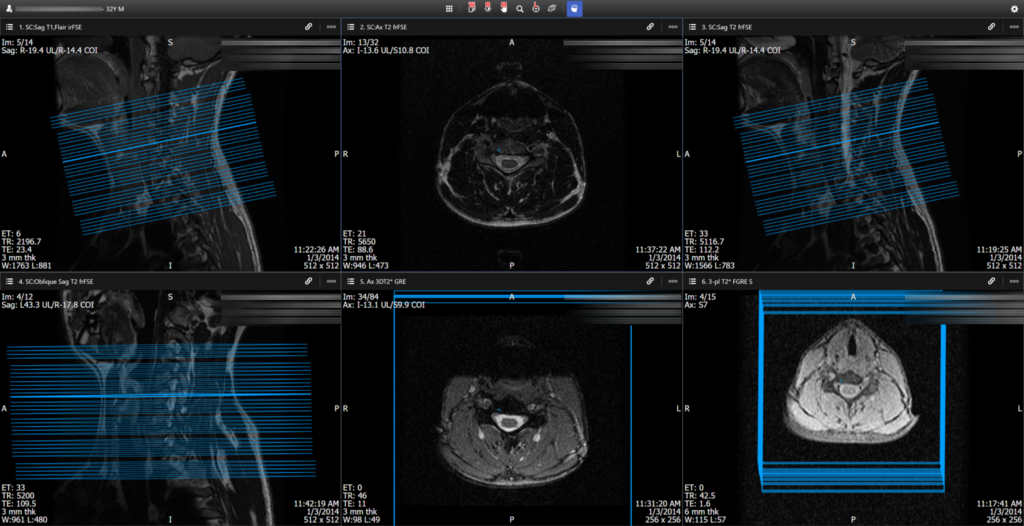In today’s digital age, the field of radiology has greatly benefited from the advancements in technology. Open-source radiology information systems have emerged as a powerful tool for managing and organizing radiological data. In this post, we will explore the concept of open source radiology information systems, their benefits, and their impact on the field of radiology.
What is an open source radiology information system?
An open source radiology information system is a software application that allows for the management and storage of radiological data in a digital format. It is developed and maintained by a community of developers who make the source code freely available for anyone to use, modify, and distribute.
How does an open source radiology information system work?
Open source radiology information systems typically consist of various modules that facilitate different functions, such as scheduling, image storage, reporting, and billing. These systems are designed to be user-friendly, allowing radiologists and other medical professionals to easily access and analyze patient data.
What are the benefits of using an open source radiology information system?
– Cost-effectiveness: Open source radiology information systems eliminate the need for expensive proprietary software licenses, making them a more affordable option for healthcare organizations.
– Customizability: The open source nature of these systems allows for customization and tailoring to specific needs, ensuring a more efficient workflow.
– Interoperability: Open source systems are designed to integrate with other software and systems, enabling seamless sharing of data between different departments and healthcare facilities.
– Community-driven development: The collaborative nature of open source software ensures continuous improvement and innovation, with developers from around the world contributing to its development.

How does an open source radiology information system impact the field of radiology?
– Enhanced efficiency: By streamlining the radiology workflow and improving access to patient data, open source systems help radiologists to work more efficiently and make timely diagnoses.
– Improved patient care: With a centralized and easily accessible database, open source radiology information systems ensure that patient information is readily available to healthcare professionals, leading to better coordination of care and improved patient outcomes.
– Research and education: Open source systems provide a platform for research and education in the field of radiology, allowing for collaboration and knowledge sharing among medical professionals.
Conclusion
Open source radiology information systems have revolutionized the way radiological data is managed and utilized. Their cost-effectiveness, customizability, and interoperability make them an attractive option for healthcare organizations. By improving efficiency, enhancing patient care, and facilitating research and education, these systems have had a significant impact on the field of radiology. As technology continues to advance, open source radiology information systems will undoubtedly play a vital role in shaping the future of radiology.


